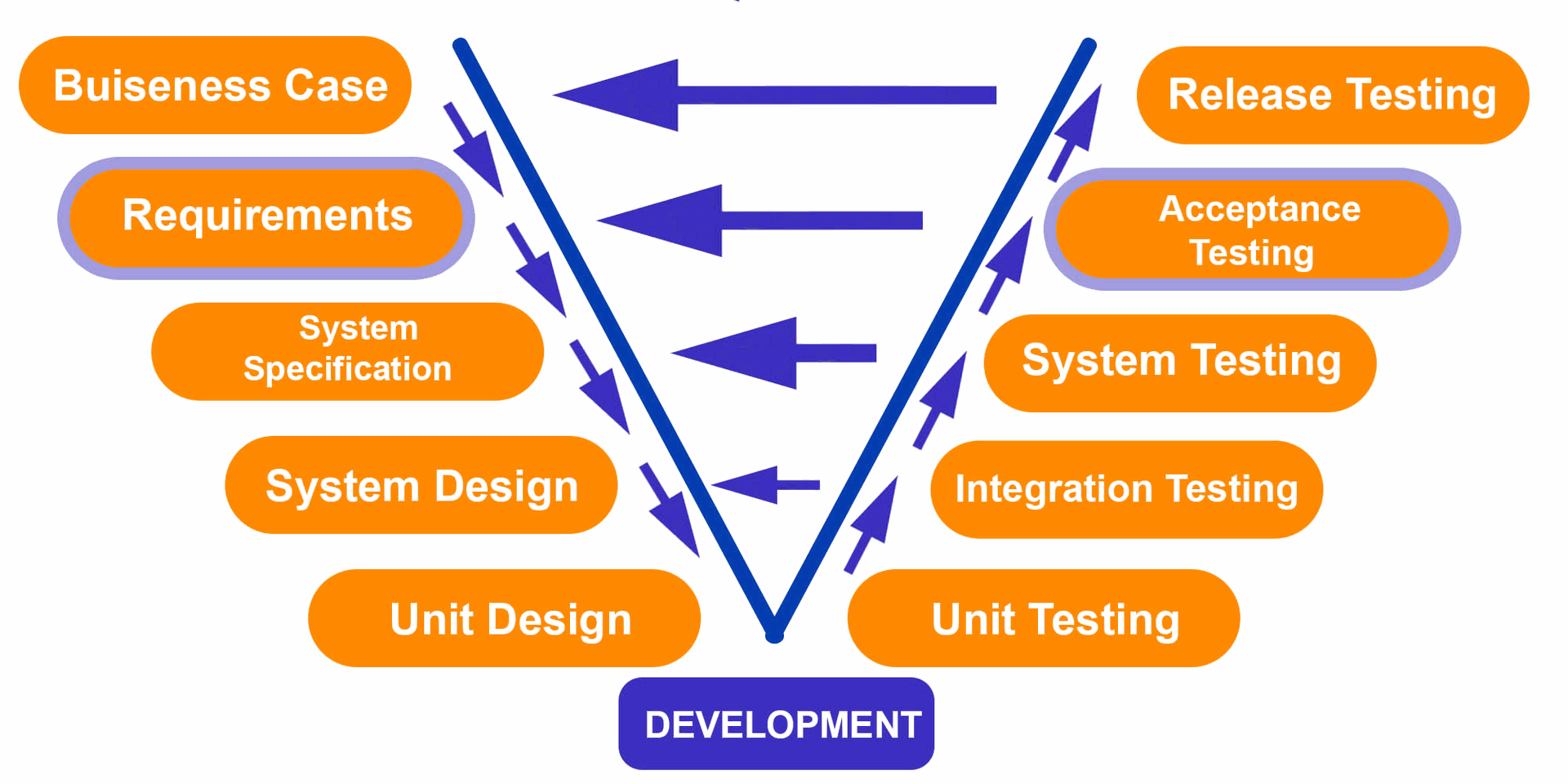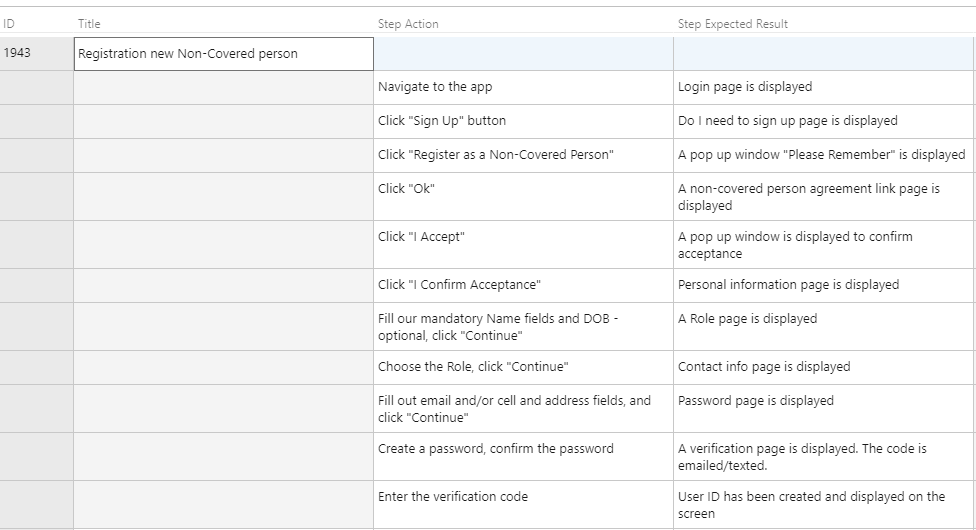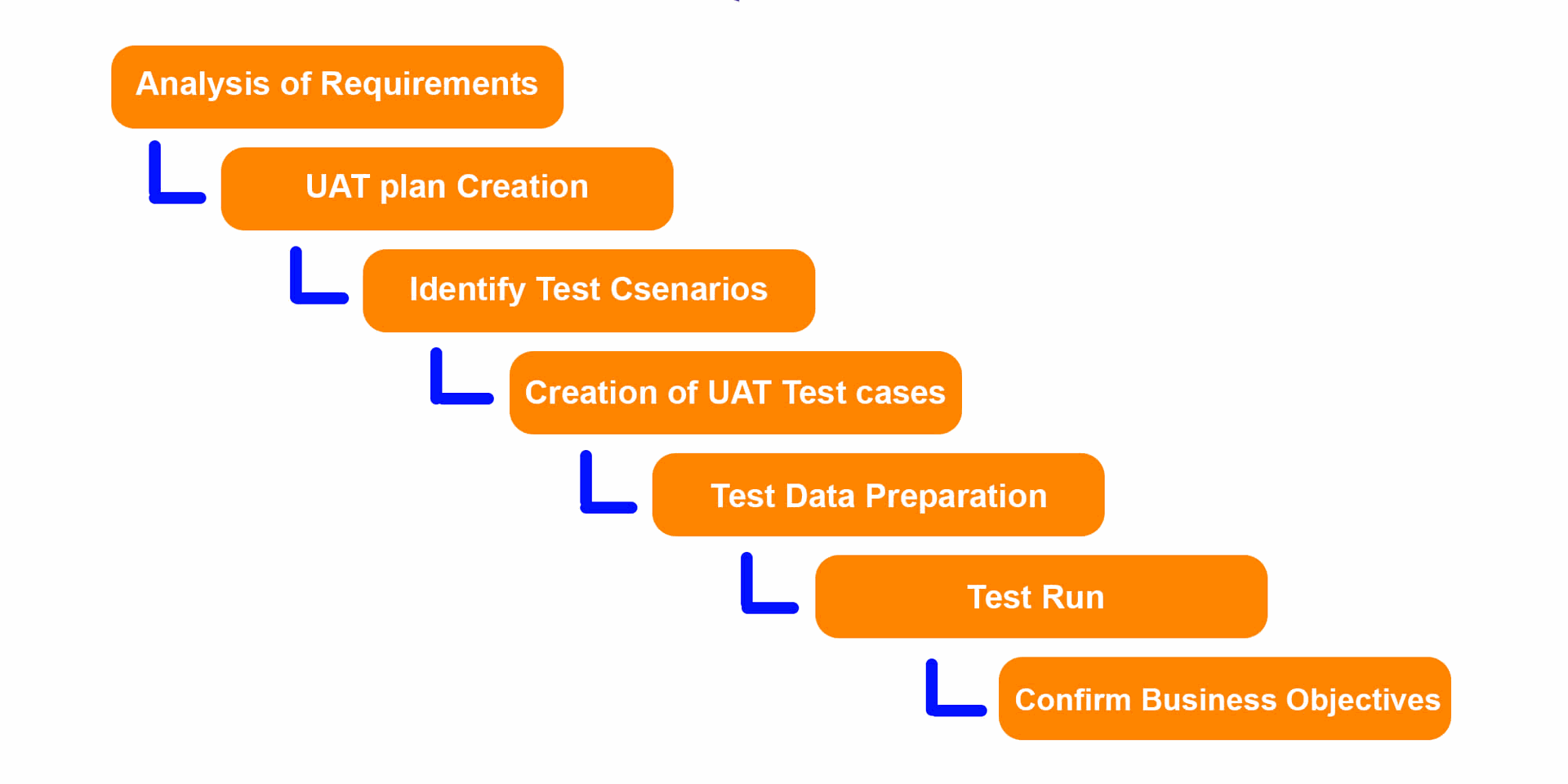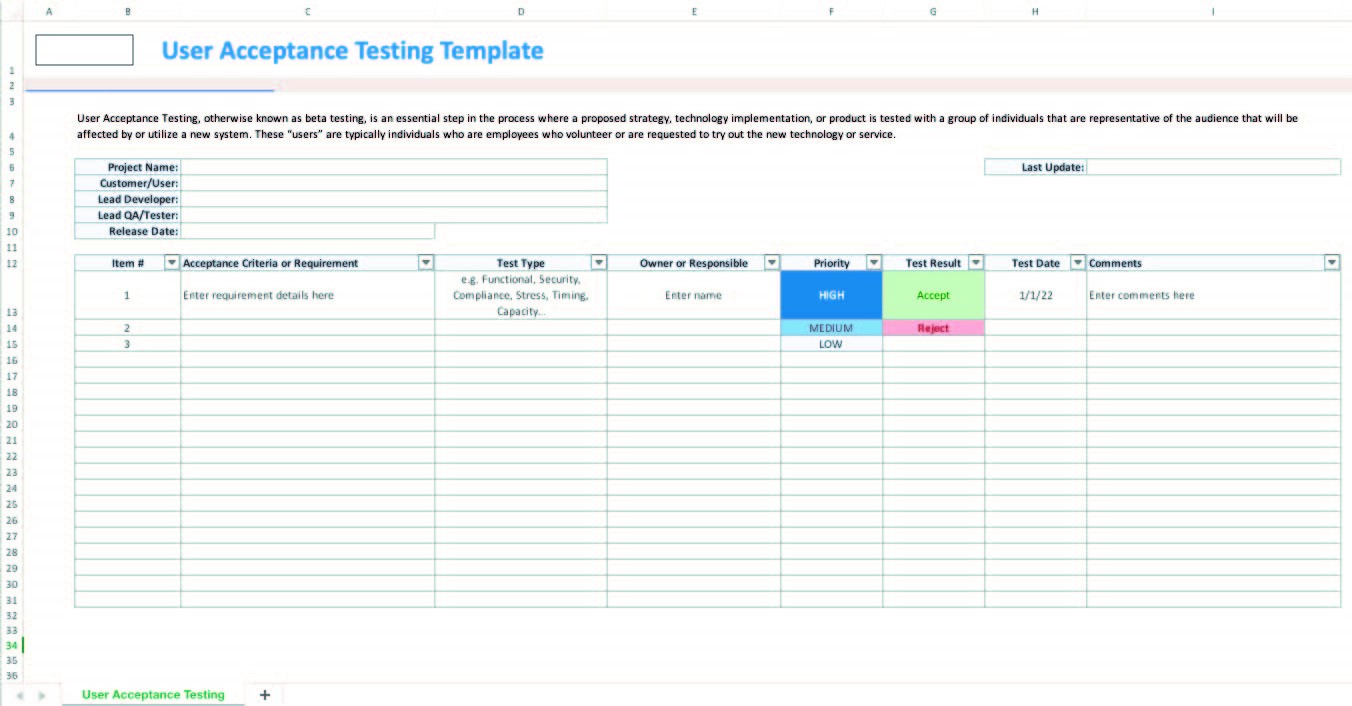A studio will screen a film in advance for test audiences to gauge how well it will perform. Additionally, in some instances, the studios have changed the endings, added additional sequences, and had portions reshot as a result of fan input. People’s experiences and views matter and can have an impact on how a release turns out.
What does UAT stand for?
User acceptability testing, or UAT for short, is a type of test audience screening used in the software business. UAT testing, however, entails much more than just screening a film to test subjects. You will be introduced to the realm of user acceptance testing in this essay as a result. In this section, we’ll address issues like “What is user acceptance testing?” “What are the requirements for user acceptance testing?” “How can I become a user acceptance tester”and “How can we make user acceptance testing more efficient?” We’ll also talk about the difficulties with UATs and how those are different from system testing.
Starting off with a definition will help us understand better.
What Is User Acceptance Testing?
User acceptance testing, also known as end-user, user acceptability, or beta testing, is the practice of having customers or users evaluate software to determine whether or not it is ready for release. The testers can accurately assess the product’s readiness because they are familiar with the business requirements for the software.
When Is User Acceptance Test Performed?
UAT is the final stage of the software testing process, following the completion of functional, system, and regression tests. It is the final test run before the product is released to the public or the client accepts delivery. Consider the UAT to be the bow on top of the testing package; it is not performed until all other testing has been completed.
Acceptability testing includes alpha, beta, and user acceptance testing.
Who does UAT?
Either members of the target market of potential customers or a testing team of end users that includes stakeholders and representatives of every division within the firm make up the testers

What Is User Acceptance Testing and Why Is It Necessary?
Software is produced by technical individuals who follow the relevant specifications. That’s what they do. Even if they follow every instruction to the letter, there are still some aspects, such as business requirements or processes, that only end users would comprehend. Even the requirements for the application are occasionally not understood.
Before the product launches, testing is essential to ensuring that all business needs have been satisfied. Running user acceptance tests is less expensive in the long term than fixing defects and problems after the product has been released.
User acceptance testing enables the application’s provider to ensure that the product works as intended for paying customers and that it is functionally sound. If not, flaws can be fixed and features can be adjusted to match user expectations.
Is there a need for User Acceptance Testing?
After software has undergone Unit, Integration, and System testing, User Acceptance Testing becomes necessary because developers may have built software based on requirements documents according to their own understanding and further required changes during development may not have been effectively communicated to them. This makes it necessary to test whether the final product is accepted by the client or end-user.
Acceptance Testing and the V-Model
The V-Model, which has operations operate in a sequential order to resemble a “V,” includes acceptance testing. Verification and validation models are other names for V-models. User acceptability testing is the last stage, the end of one of the “V” branches.

What Is UAT: Prerequisites and Characteristics of User Acceptance Testing
A studio will screen a film in advance for test audiences to gauge how well it will perform.
- Additionally, in some instances, the studios have changed the endings, added additional sequences, and had portions reshot as a result of fan input.
- People’s experiences and views matter and can have an impact on how a release turns out.
- User acceptability testing, or UAT for short, is a type of test audience screening used in the software business. UAT, however, entails much more than just screening a film to test subjects.
- You will be introduced to the realm of user acceptance testing in this essay as a result.
Describe the main tasks for each phase of the UAT: At this level, the tasks are divided into the following steps:
- UAT Test Initiation: Outline the strategy, who will conduct the test, the necessary data, and how other teams will assist in the test.
- Validate business-related scenarios, find pertinent test data, upload scenarios, and give users access as part of the UAT test design.
- UAT Test Execution: Run the test, look for errors, and perform regression testing and defect re-testing.
- Test closure for UAT. Make the “go/no go” decision and the closing report.
Governance of UAT
The procedure’s excellent gates and clearly stated Entry and Exit criteria are guaranteed by user acceptance test governance.
- Check that the tasks are finished at the entry gates.
- User stories have been finished and approved.
- Testing for regression is done.
- There are specified access and environmental requirements.
- Testing of the system and integration is complete.
- There are validations of the user interface.
- Testers from the business world have been selected.
- A UAT sanity check has been done by the team.
- The functional specifications have undergone validations.
- Ensure that system testing is completely (100%) covered.
- Verify that there are no serious flaws or unresolved show-stoppers.
- The team should make sure that the objectives and end-to-end UAT validation are satisfied.
- Every application is functional and stable.
- Operating systems and browsers work together.
- All applications have preserved the integrity and flow of data.
- All crucial corporate operations are in place and running smoothly.
- The business process has been properly integrated with each transaction.
- Feedback/reviews from business users on the usability of the application’s features.
- The program under test’s actual performance.
- Exit criteria for the UAT must be met by resolving these two problems.
- All flaws discovered during the UAT are fixed and approved.
- Business flows have been acknowledged in accordance with the business requirements established by the system’s end users.
UAT Planning Test
The system and UAT are typically planned in tandem. Making a user acceptability test plan, which includes the test dates, environment, participants, roles and responsibilities, templates, communication protocols, findings and their analysis procedure, and entry-exit criteria, is the main task involved in this activity.
User Acceptance Testing Design
The user acceptability criteria that have been gathered are covered at this stage. A list of test cases, often based on a template with fields for the test number, acceptance criteria, test results, and user comments, frequently makes up this requirement.
Execution of Tests
When possible, the testing takes place in a “war room” or conference setting where everyone gathers for a day (or more) to go through the acceptance test cases. The authorities make an acceptance decision, sometimes referred to as the go/no-go decision, after the testing are finished and the results are finished. It’s “Go” if the users are pleased. It’s “prohibited” if not.
The Qualities of UAT Testers:
The UAT tester should be well-versed in the industry. He needs to be self-reliant and consider himself a system outsider. For the UAT to be successful, the tester needs to be analytical, lateral thinking, and able to mix many types of data.
The ability to generate tests and data that are realistic to the business is a skill that testers, business analysts, and subject matter experts possess.
UAT test cases example:

User Acceptance Testing Tools and Methodologies
These instruments resemble those employed in functional testing.
UAT testing Tools: Users depend on tools for defect and test management like JIRA or QC.
Fitness tool: Making tests and entering results in a table is simple. The tool’s users input prepared data, and tests are generated automatically. The tests are then run, and the user receives the results back.
Watir: It is a toolkit used for user acceptability testing to automate browser-based tests. For inter-process communication between Ruby and Internet Explorer, Ruby is utilized as the programming language.
Methodologies: A vendor must test a product with a wide range of users before expecting it to be released globally. Crowd testing is particularly effective since it enables consumers from around the globe to participate, confirm the product’s utility, and offer feedback.
User Acceptance Test proccess

User Acceptance Test plan in details:
Step 1) Business requirements analysis
Finding and creating test scenarios is one of the UAT’s most crucial tasks.
Step 2) UAT creation plan
The technique to be utilized to confirm and guarantee that an application satisfies its business requirements is laid out in the UAT test plan. It outlines the entry and exit requirements for UAT, the methodology used for test scenarios and test cases, and testing schedules.
Step 3) Determine the Test Scenarios and Test Cases:
Create test cases with precise test procedures and identify the test scenarios in relation to high-level business processes. Most UAT scenarios should be adequately covered by test cases. The test cases are created using the business use cases as input.
Step 4) Preparation of Test Data:
For UAT, it is best to use live data. For the sake of security and privacy, data should be jumbled. The database flow should be familiar to the tester.
Step 5) Run and keep record of the results:
Execute tests and then report any issues. Test again after issues are fixed. Tools for test management can be employed throughout execution.
Step 6) Verify the business goals were achieved:
After the UAT testing, business analysts or UAT testers must submit a sign-off email. The product is ready for production after approval. Test Plan, UAT Scenarios and Test Cases, Test Results, and Defect Log are examples of deliverables for UAT testing.
User Acceptance Testing Template

Conclusion:
- User Acceptance Testing (UAT) is the full version of UAT in software engineering.
- One of the many types of testing that have evolved during the past 25 years is UAT.
- Instead of guessing, the client can be certain of “What to expect” from the product thanks to UAT.
- There won’t be any unpleasant surprises when the product is made available to the public thanks to UAT.